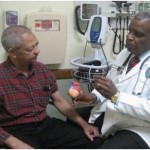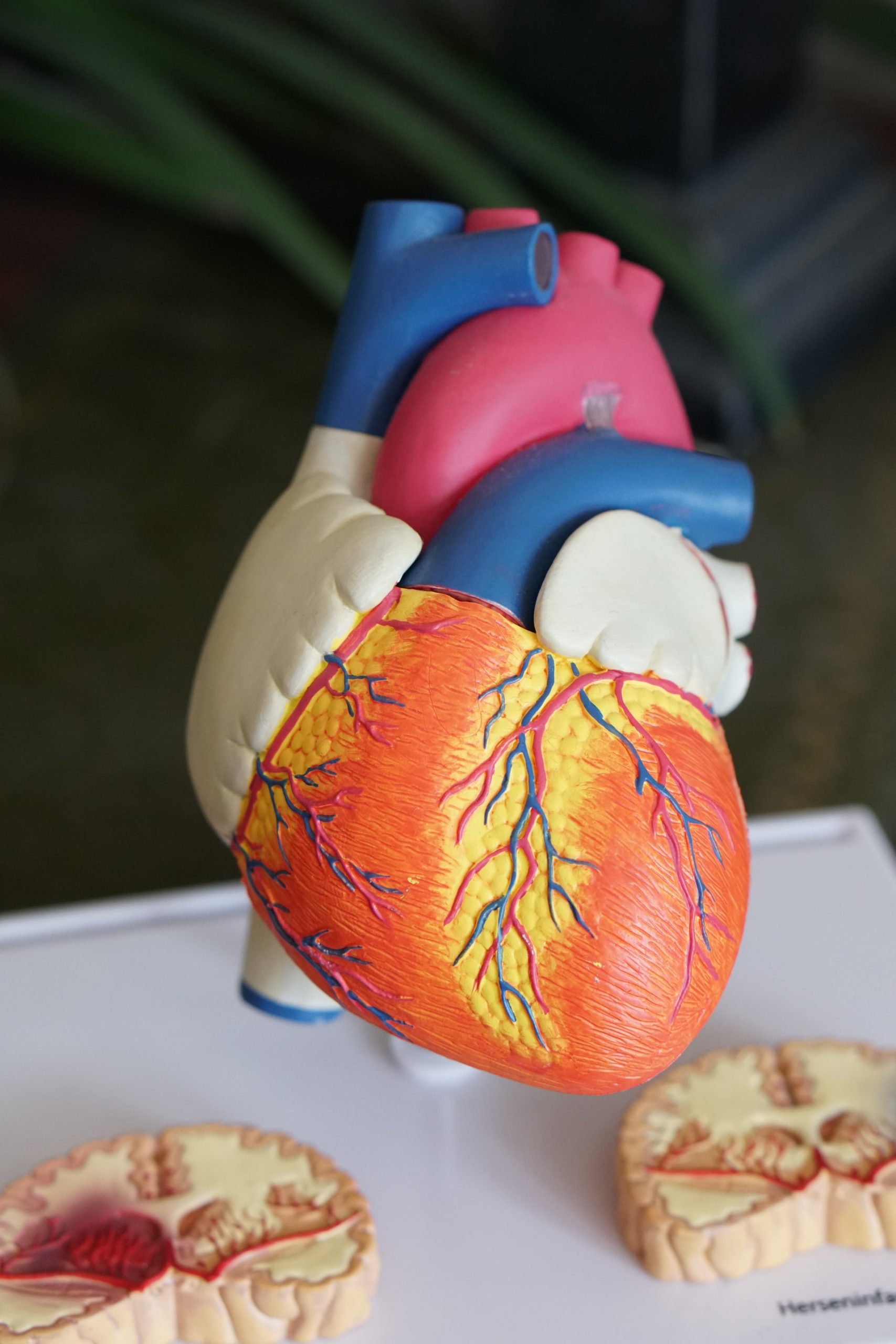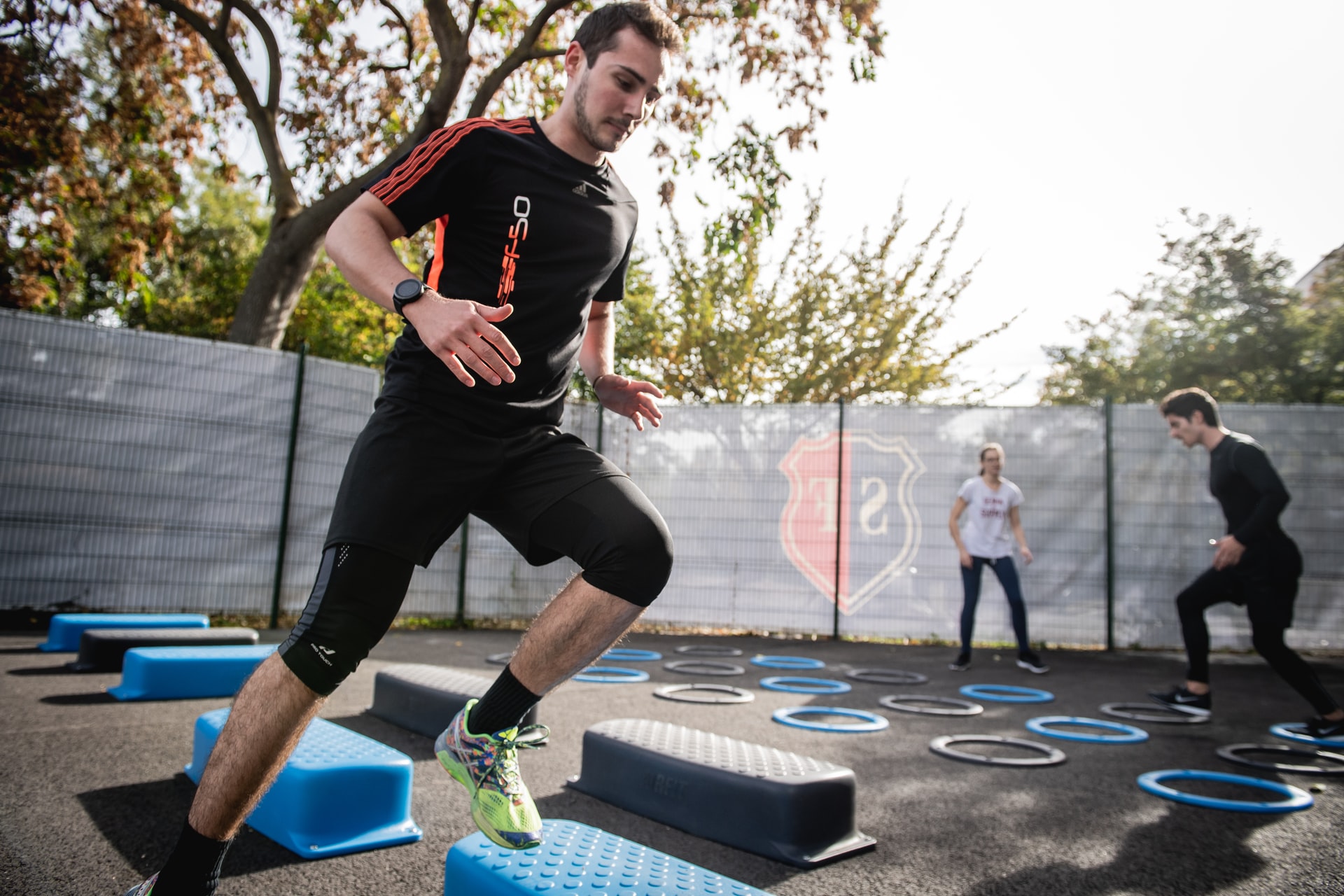
I was living what I thought was a “normal” lifestyle when all of a sudden I was facing death. One day I was visiting family, the next I was in the hospital experiencing dizziness and shortness of breath. I soon learned I had three blocked arteries, and would quickly need triple coronary bypass surgery to save my life.
I was angry and confused. Yes, I had a history of heart disease in my family, but I refused to pay attention to the warning signs. My blood pressure and cholesterol levels were off the chart. All of these symptoms should have prompted me to visit my doctor, but I did not make them a priority and always thought I could take care of them another day.
After my surgery, I realized I was given a second chance to live, and I committed to making the following changes to make my heart health a priority:
- Setting heart healthy goals. I worked with my health care team to create a plan to improve my heart health. I began by setting small, achievable goals, and tracking my progress toward achieving them. Almost immediately after starting my plan, I began to see major changes in my health.
- Taking medicines. I learned the importance of my high blood pressure and cholesterol medications and started taking them as my doctor prescribed. I regularly visit my doctor to make sure my heart is functioning at its best, and we track my blood pressure and cholesterol numbers to make sure they are controlled.
- Eating heart healthy. This was very difficult at first because I was used to doing all the wrong things and eating all the wrong foods. It was mentally and physically challenging because it was up to me to make the right choices. With help from a dietitian my cardiologist referred me to, I started eating less of the fatty, salty, and greasy food that the south is known for and started eating more fruits and vegetables.
- Exercising. I started by walking 15 minutes, three times a week and now I’m up to walking 2-3 miles each day. Not only do I feel stronger, but I have lost a significant amount of weight since my surgery.
For American Heart Month, learn from my story and don’t let heart disease take you by surprise. One delay and it could be too late. I challenge you to be strong and commit to making one heart-healthy lifestyle change during the month of February, like adding exercise to your daily routine, eating healthy, taking steps to stop smoking, and scheduling an appointment with your doctor to understand your risk for heart disease. Share your success with others on Facebook.
Check out culturally tailored materials from the Million Hearts® Healthy is Strong initiative and learn more about simple steps you can take for better heart health at millionhearts.hhs.gov. Your family, friends, and community are counting on you to take care of your heart.



